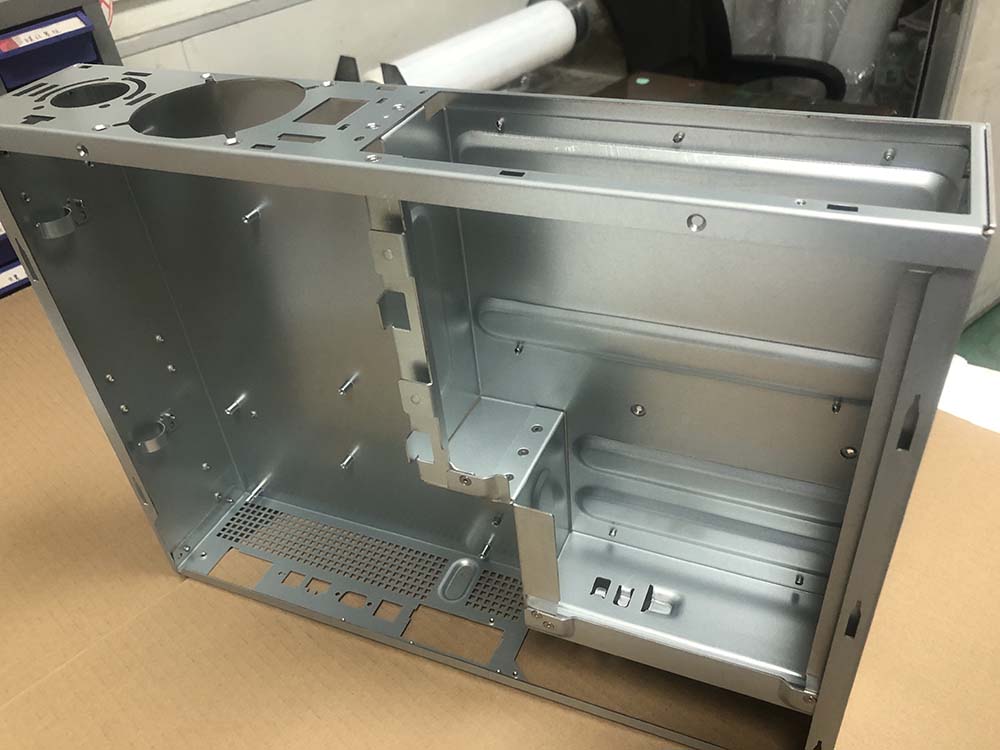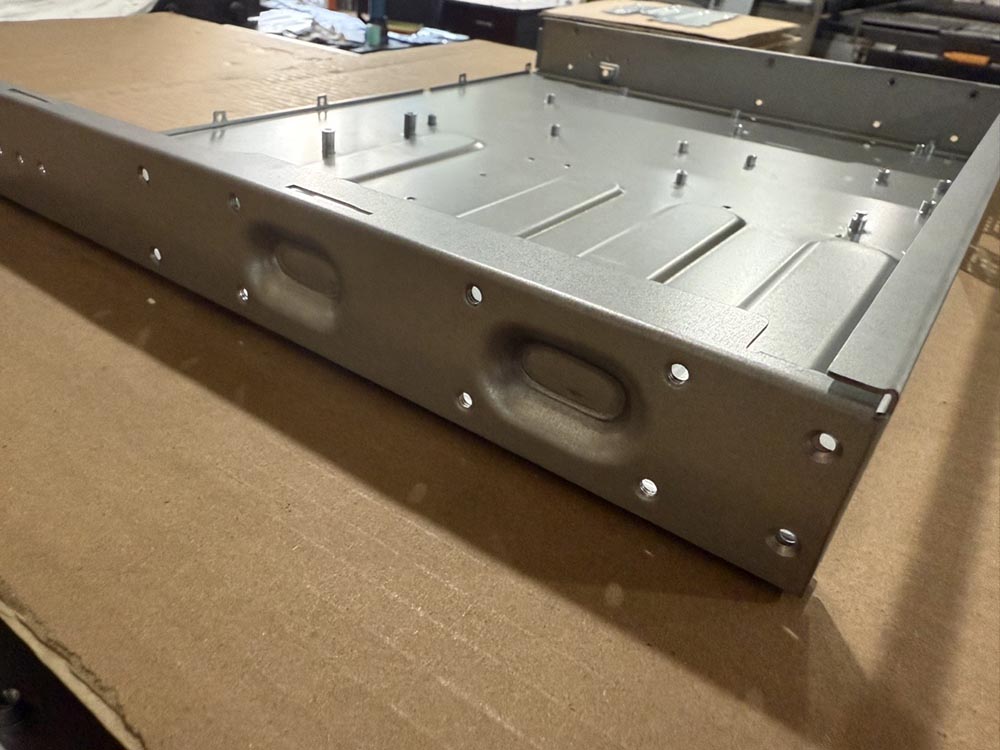With the continuous acceleration of the process of modern industrialization, the demand for power equipment and chassis is also increasing. Especially in high-voltage power systems and complex electrical equipment, the function of the chassis is not only to provide protection, but also to have certain mechanical strength, corrosion resistance and thermal stability. Steel materials have become an indispensable choice in the manufacture of power chassis with their excellent performance.
This article will deeply explore the application advantages, characteristics and future development trends of steel materials in power chassis.
As a common metal material, steel has many advantages, which makes it widely used in the manufacture of power chassis. First of all, steel has extremely high strength and hardness, which can effectively resist external physical shock and pressure, thereby protecting electrical equipment from damage. Secondly, steel has strong corrosion resistance. After surface treatment, the steel chassis can be used for a long time in harsh environments, especially in humid and high temperature environments, steel materials can still maintain stable performance.
In addition, the processability of steel materials is also very good, which is suitable for large-scale production. It can be cut, welded, formed and other processing to meet the needs of different sizes and shapes. At the same time, the price of steel materials is relatively economical, which reduces production costs.

The power chassis is not just an external protective shell, it also needs to carry electrical equipment and ensure its normal operation. First of all, the power chassis needs to have a good electromagnetic shielding function to prevent electromagnetic interference from affecting the stability of the equipment. Steel materials perform particularly well in this regard, and can effectively isolate external electromagnetic interference and ensure the safe operation of the equipment.
Secondly, the heat dissipation function of the power chassis cannot be ignored. With the continuous upgrading of power equipment and the increase in power, the heat generated inside the chassis must be discharged in time. Although the thermal conductivity of steel materials is not as good as that of aluminum, effective heat dissipation can still be achieved through optimized design. Furthermore, the steel chassis can be equipped with heat dissipation accessories such as fans and heat sinks to ensure the temperature stability of the equipment when working under high load.
In addition, the power chassis must also have good sealing to prevent external substances such as dust and moisture from entering and causing equipment failure. The steel chassis can effectively block the intrusion of external substances into the equipment through precise welding technology and sealing design.

In order to improve the service life and appearance of steel materials in the power chassis, the steel surface is usually treated. Common treatment methods include spraying, galvanizing, spraying, etc. Spraying and galvanizing can effectively improve the corrosion resistance of steel, especially when used outdoors or in humid environments, which can significantly extend the service life of the chassis.
Spraying not only has good anti-corrosion function, but also can improve the appearance of the chassis and increase its beauty. In addition, the spraying layer has a certain scratch resistance and can effectively avoid external physical damage.

Steel materials have become an indispensable and important material in the manufacture of power chassis due to their unique mechanical strength, corrosion resistance and processing convenience.
Whether it is to improve the protection performance of equipment or to enhance the stability and safety of power systems, steel materials play a vital role.
With the advancement of science and technology and the continuous changes in industrial needs, the application of steel materials in power chassis will usher in a broader development space.